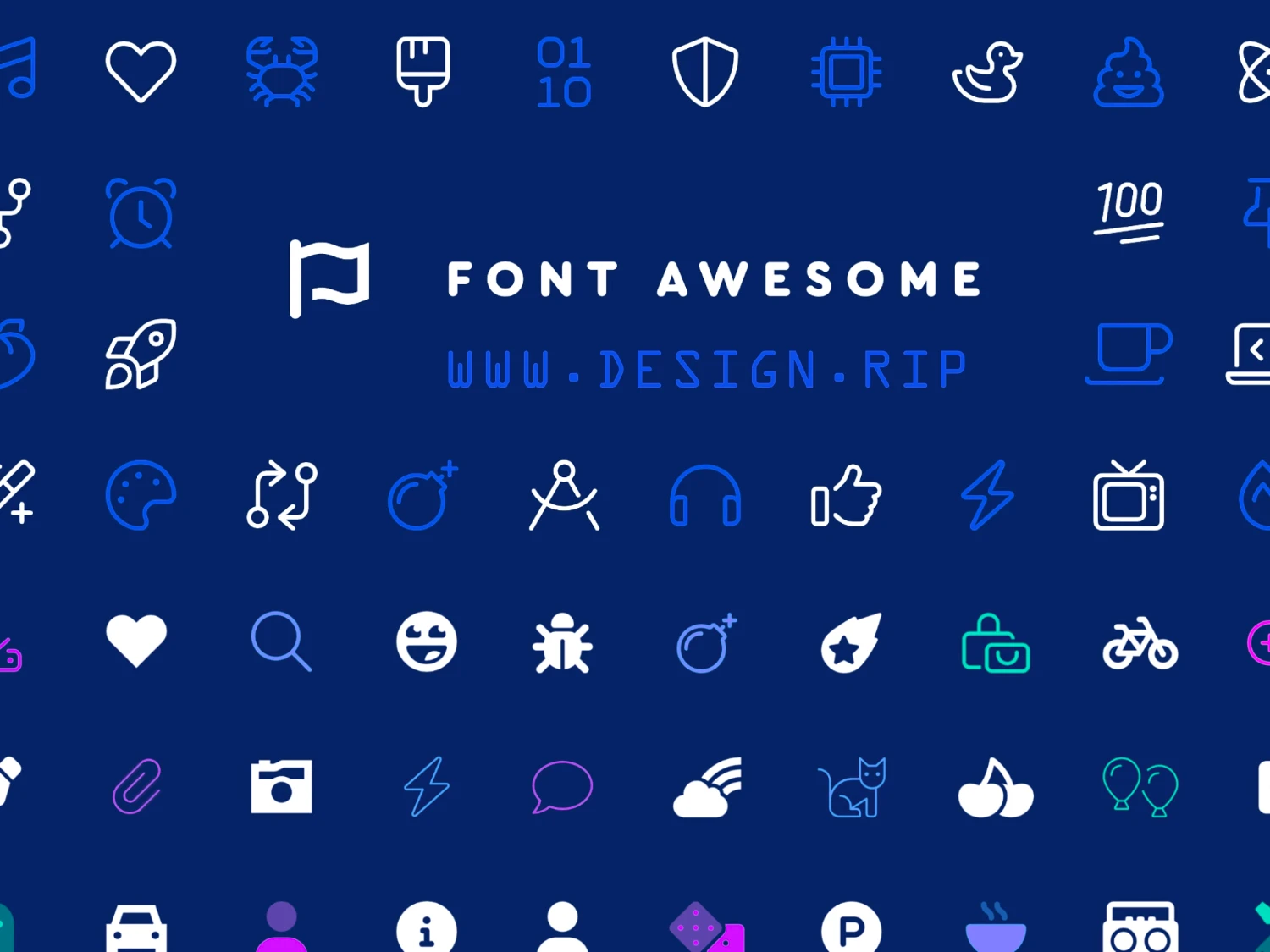[VIP] UI Design Bootcamp. Master Typography, Colour & Grids
Level up your design eye and improve your intuition to craft aesthetically satisfying UI designs.
![[VIP] UI Design Bootcamp. Master Typography, Colour & Grids](https://design.rip/uploads/cover/blog/ui-design-bootcamp-master-typography-colour-grids.jpg)
Level up your design eye and improve your intuition to craft aesthetically satisfying UI designs
What you'll learn
- Intuitively create more satisfying compositions
- Create a colour pallet that works specifically for UI
- Have a trained eye to spot how the values of colours
- Create a grid that works for modern web applications
- The history of typography
- The physics of light
- Select appropriate typefaces
- Create a typographic system
- Select or create a visual language
- Identify how colour adapts in different contexts
- Compose visually stimulating UI design
Requirements
- You should ideally know how to use some design software. Figma is preferred. Adobe XD or Sketch would also be okay.
- Some experience designing user interfaces would be an advantage.
- You'll need lots of extra time to work and share your projects
Description
The most crucial aspect to form a great user experience is having a beautifully crafted user interface. Some small changes to your aesthetics can have the a huge impact or the experience to your users.
If you're designing on a web application, you're making decisions about typography, colour and composition that will effect the branding, style, usability and user experience of you application. You're already making these decisions but are you aware of their impact. Very subtle use of typography and colour can have enough personality that we don't need any other visuals. We can give life to a dull block of text and it can make it easier or harder for our user to read. Getting a few simple choices right can make or break the application.
Typography is 95% of what we see on a web application, it dictates every other design decision. yet few people really stop to learn how to use typography to their advantage.
Colour is what makes us differentiate everything on a design. If there was no colour we'd not be able to identify anything on a design. But it also has the most emotional connection of anything in a design and it can't be easily categories as colour appear very different depending on their use and context. We have to use colour, so let's learn to use colour to our advantage.
A grid makes our designs feel uniform. If we know how to use one, it's the single thing that can make a design instantly feel more professional. But we need to understand the limitations and advantages of recent web development to create a grid that looks good on paper and still looks good on the web.
What do I get in this course?
To improve your skill in each these areas: you'll do a combination of learn some underlining theory, complete challenges to improve your intuition and some practical exercises to create some great looking designs. A short description of each module is below.
- Composition: practical exercises to improve your intuition when placing elements on a page
- Typography: History and background of different type classifications
- Selecting and Pairing: How to choose a typeface and how select complimentary typefaces that work together
- Readability: How do we read and how can we make it easier for people to read with our typographic choices
- Styling & Formatting: What extra style can we add to our typography and how can we use this to improve our visual hierarchy
- Grid Systems: The types of grids used in design and some of the technical limitations for modern application design
- Building our Grid: How to ensure we set up the grids in our design software to work when developing applications
- Colour Interactions: practical exercises to improve our intuitive use of colour when used in different contexts
- How Colour Works: The physics behind how light works and how it creates colour
- Colour Attributes: How to make changes to a colour to make it more useful in your design
- Create our Pallet: practical steps to create a colour pallet that works specifically for UI
- Visual Language: Choose photos, icons, illustrations and other visuals to support the design
Is this course for me?
Ideally you'll already have spent some time designing websites and/or applications. Every aspect of the course is created with beginners in mind but you may find you get more out the course if you've already created some designs. You'll also ideally need to know how to use some design software. I recommend Figma, but Adobe XD, Invission Studio, Sketch or some similar software will also be okay.
The course is created with designers in mind but it may also be of interest to front-end developers or product owners. There is a money back guarantee with no questions asked and you can message me with any specific questions.
Who this course is for:
- Junior user interface designer
- Front-end developer interested in learning about design
- Product owner
- Curious people
What's Your Reaction?















![[VIP] DesignCode: Build Beautiful Apps with GPT-4 and Midjourney](https://design.rip/uploads/cover/blog/designcode-gpt4.webp)
![[VIP] AppCoda: Mastering SwiftUI - Professional Packet (Updated 04.2023)](https://design.rip/uploads/cover/blog/appcoda-mastering-swiftui-professional-packet-worth.webp)
![[VIP] AppCoda: Beginning iOS Programming with Swift (Updated 04.2023)](https://design.rip/uploads/cover/blog/appcoda-beginning-ios-programming-with-swift.webp)
![[VIP] Whoooa! 156 vector Lottie animations](https://design.rip/uploads/cover/blog/whoooa-156-vector-animations.webp)







![[VIP] Motion Sound Vol. 1](https://design.rip/uploads/cover/blog/designrip-svx.webp)

![[VIP] SuperHi: Intro to React.js](https://i.ibb.co/X5dMxWt/original-3-X7-O37-SA3-DFU3-VU4-ZR5-M.png)
![[VIP] Jhey Tompkins: Move Things With CSS](https://i.ibb.co/dcxRJtN/designrip-move-things-with-css.webp)
![[VIP] Web Design with Figma: Building Striking Compositions](https://design.rip/uploads/cover/blog/web-design-with-figma-building-striking-compositions.webp)